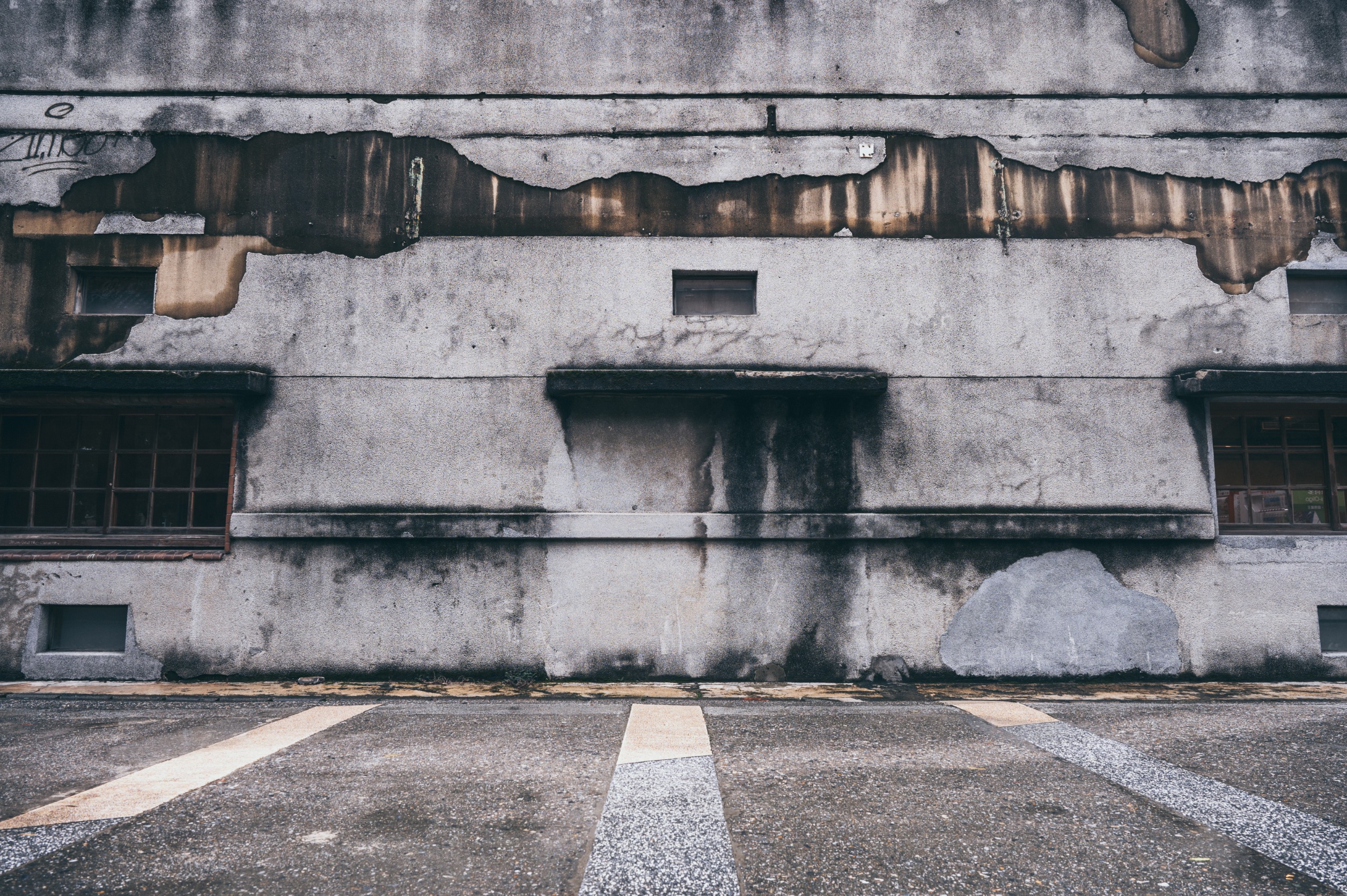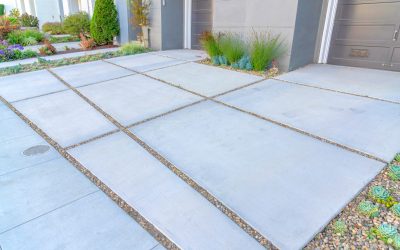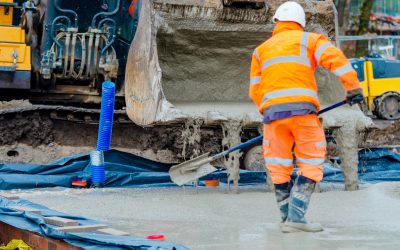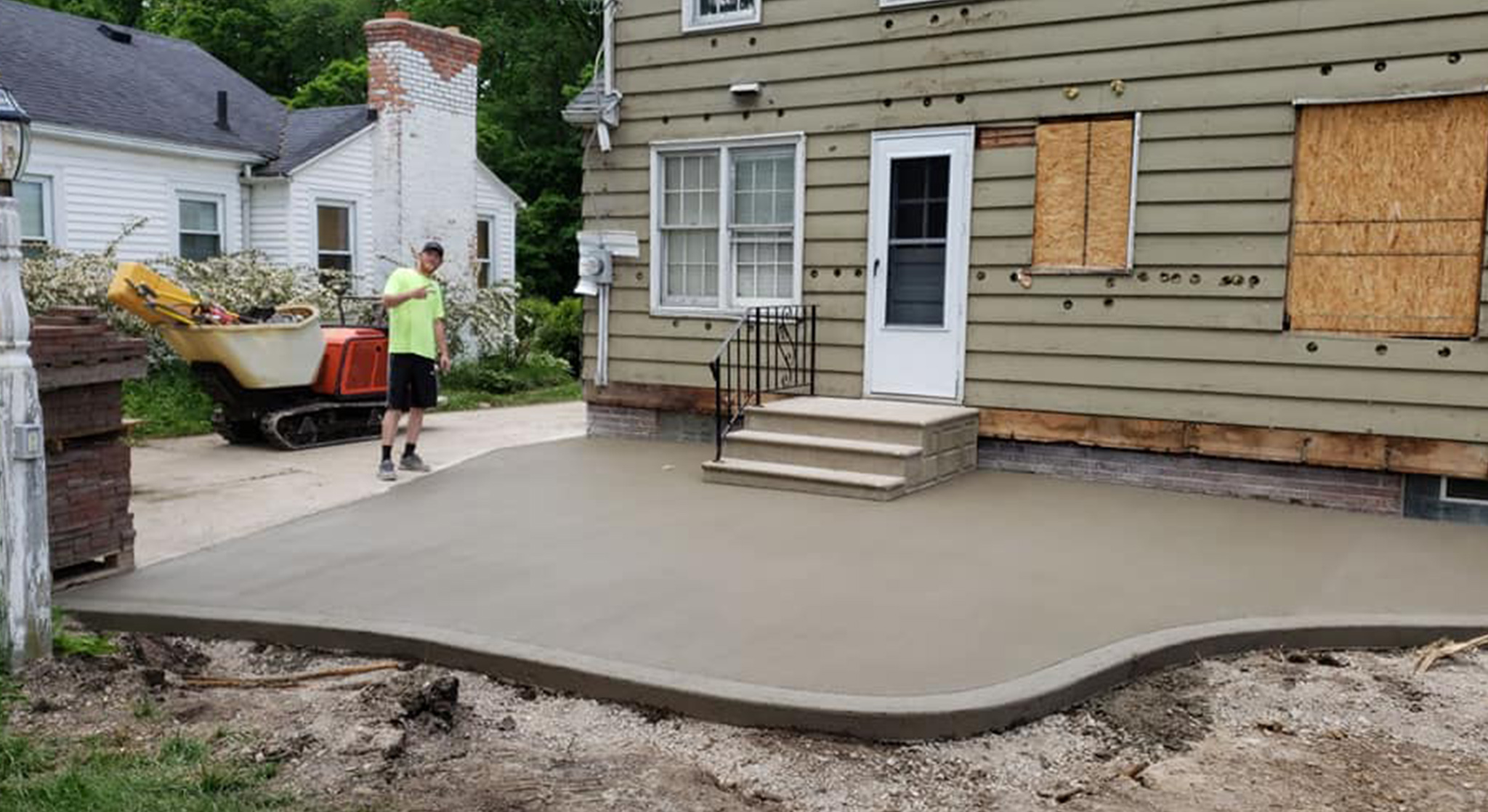Over time, various problems can arise, compromising its integrity and safety. This blog aims to shed light on the most common concrete issues and offer effective solutions, ensuring your concrete structures remain safe, aesthetically pleasing, and long-lasting.
Common Concrete Problems
Identifying and understanding common concrete issues is crucial for effective maintenance and repair. Here are the most prevalent problems you might encounter:
Cracking
Cracking is perhaps the most common issue with concrete. It can result from a variety of factors, such as shrinkage during curing, thermal expansion, and heavy loads.
Types of Cracks
There are several types of cracks, including hairline cracks, shrinkage cracks, and structural cracks. Each type has different implications for the integrity of the concrete and requires specific repair methods.
Causes of Cracking
Cracks can develop due to improper curing, poor mix proportions, or inadequate thickness. Environmental conditions, such as rapid temperature changes, can also contribute to cracking.
Preventing Cracks
To prevent cracking, ensure proper mix design, adequate thickness, and appropriate curing techniques. Using control joints can also help manage crack propagation and minimize damage.
Spalling
Spalling occurs when the surface of the concrete flakes or peels away, exposing the aggregate underneath. This can result from freeze-thaw cycles, deicing chemicals, or poor finishing techniques.
Identifying Spalling
Spalled concrete appears rough and uneven, with visible aggregate. It can occur in isolated patches or across larger areas, depending on the severity of the damage.
Addressing Spalling
To address spalling, remove the damaged concrete and apply a resurfacing compound. For severe cases, more extensive repairs might be necessary, such as replacing the affected section entirely.
Scaling
Scaling is the loss of the top layer of concrete, often due to freeze-thaw cycles or the use of deicing salts. This problem can lead to a rough, pitted surface that affects the concrete’s appearance and durability.
Recognizing Scaling
Scaling manifests as flaking or peeling of the surface layer, leaving behind a rough texture. It is more common in areas exposed to harsh winter conditions and frequent use of deicing agents.
Preventing Scaling
To prevent scaling, use air-entrained concrete, which incorporates tiny air bubbles to resist freeze-thaw damage. Applying a protective sealer can also shield the surface from deicing chemicals and moisture infiltration.
Efflorescence
Efflorescence is a white, powdery substance that appears on the surface of concrete. It occurs when water carrying soluble salts migrates to the surface and evaporates, leaving behind salt deposits.
Causes of Efflorescence
Efflorescence can result from a high water-to-cement ratio, improper curing, or exposure to moisture. Porous concrete surfaces are more susceptible to this issue.
Removing Efflorescence
To remove efflorescence, use a stiff brush and clean water. For stubborn deposits, a mild acid solution, such as diluted vinegar, can help dissolve the salts. Ensuring proper drainage and sealing the concrete can prevent recurrence.
Discoloration
Discoloration in concrete can occur due to variations in the mix, differences in curing conditions, or exposure to environmental elements like sunlight and moisture.
Identifying Discoloration
Discoloration manifests as uneven color patches, stains, or fading on the concrete surface. While it may not affect the concrete’s structural integrity, it can impact its aesthetic appeal.
Addressing Discoloration
To address discoloration, clean the surface thoroughly and consider applying a concrete stain or dye for a uniform appearance. Using consistent materials and curing methods during installation can prevent future color variations.
Effective Solutions for Concrete Maintenance
Maintaining concrete structures requires regular inspection, prompt repairs, and preventive measures. Here are some effective solutions to keep your concrete in top condition:
Regular Inspections
Conducting routine inspections allows you to identify and address issues early. Look for signs of cracking, spalling, scaling, and other forms of damage. Early detection can save you time and money on extensive repairs.
Proper Curing Techniques
Proper curing is essential for concrete’s long-term performance. Ensure adequate moisture retention during the curing process to prevent shrinkage and cracking. Use curing blankets, water sprays, or curing compounds to maintain optimal conditions.
Applying Sealers
Sealers provide a protective barrier against moisture, chemicals, and abrasion. Apply a high-quality sealer to your concrete surfaces to enhance their durability and prevent damage from environmental factors.
Implementing Control Joints
Control joints are intentional cracks placed in concrete to manage the location and spread of natural cracks. By strategically placing control joints, you can minimize random cracking and reduce stress on the concrete.
Resurfacing and Repairs
For minor surface damage, such as spalling or scaling, consider using resurfacing compounds to restore the concrete’s appearance and functionality. For more extensive damage, consult a professional to determine the best repair approach.
Expert Tips for Concrete Care
Maintaining concrete structures is an ongoing process that requires attention to detail and proactive measures. Here are some expert tips to help you care for your concrete effectively:
Keep Surfaces Clean
Regularly clean your concrete surfaces to remove dirt, debris, and contaminants. This prevents the buildup of grime and enhances the concrete’s appearance. Use a mild detergent and water for routine cleaning, and a pressure washer for tougher stains.
Avoid Deicing Chemicals
While deicing chemicals can help melt ice, they can also damage concrete surfaces over time. Use sand or cat litter for traction instead of chemical deicers. If you must use deicing agents, choose ones that are safe for concrete and follow the manufacturer’s instructions.
Monitor Drainage
Proper drainage is crucial for preventing water-related issues like efflorescence and scaling. Ensure that water flows away from your concrete surfaces and doesn’t pool on them. Use gutters, downspouts, and grading to direct water away from the concrete.
Address Cracks Promptly
Don’t ignore small cracks, as they can expand and lead to more significant damage. Fill cracks with a suitable concrete filler or sealant to prevent moisture intrusion and further deterioration. Regularly inspect and repair cracks to maintain the concrete’s integrity.
Protect from Heavy Loads
While concrete is strong, it can still be damaged by excessive weight. Avoid placing heavy objects on your concrete surfaces, especially in areas not designed to bear such loads. Use load distribution techniques, such as placing plywood under heavy equipment, to prevent stress on the concrete.
The Importance of Professional Help
While many concrete maintenance tasks can be handled by homeowners, some issues require the professional expertise of concrete contractors in Ohio. Here’s when you should consider seeking help from a concrete specialist:
Structural Damage
If you notice structural damage, such as deep cracks, significant spalling, or uneven settling, it’s essential to consult a professional. Structural issues can compromise the safety and stability of the concrete and require specialized assessment and repair.
Extensive Repairs
For large-scale repairs, such as resurfacing an entire driveway or replacing a damaged section, professional help ensures the job is done correctly. Professionals have the experience, tools, and materials needed for comprehensive repairs.
Advanced Techniques
Certain maintenance tasks, like epoxy injection for crack repair or applying specialized coatings, require advanced techniques and equipment. Professionals can perform these tasks efficiently and effectively, ensuring long-lasting results.
Conclusion
Concrete is a durable and versatile material, but it requires proper care and maintenance to ensure its longevity and performance. By understanding common concrete problems and implementing effective solutions, you can keep your concrete structures in excellent condition for years to come.
Remember, regular inspections, proper curing, and timely repairs are key to maintaining concrete’s integrity. For complex issues or extensive repairs, don’t hesitate to seek professional assistance.
Ready to take your concrete care to the next level?
Is your concrete driveway showing signs of wear? Our experts provide detailed inspections and reliable repairs to keep it in top shape. Looking for something stylish? Our stamped concrete services add durability and elegance to any space. Contact us today for expert guidance and quality service that your concrete deserves!




